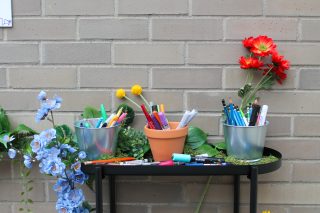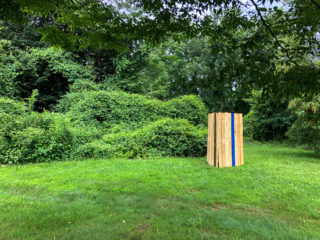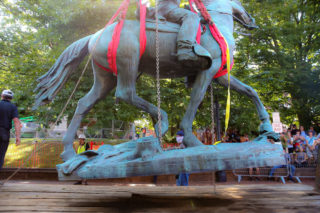
In 2014 the City of Melbourne, Australia released its “Graffiti Management Plan”—described by many as first-of-its-kind legislation because it distinguished between “unwanted graffiti applied without permission” and “street art…with the blessing of property owners.”
Here are the basics:
- The Plan specifically defines tags and “throw-ups” as a types of street art.
- It doesn’t discuss preservation: “Street art is ephemeral. Protection of street art is not practical.”
- And specifically states that the city will only censor work that could “offend a reasonable person.”
- It zones “heavily pedestrianized areas” as places where street art will be removed.
- But it protects the street art on Union Lane, Rutledge Lane, and Hosier Lane, as designated legal street art walls.
- It also continually funds new murals in strategically chosen areas.
Education
Melbourne also offers a graffiti education program in all its primary and secondary schools, and facilitates a Street Art Mentoring program that teaches kids 13-25 about “the benefits of and opportunities for legal artwork.” Fifteen secondary and nine primary schools have participated in the program since it began in 2008.
Sources
- City of Melbourne website.
- City of Melbourne’s “Graffiti Management Plan 2014-2018.”
- “Graffiti Education Program.” Warner Youth Education website.
- “Signal.” City of Melbourne website.
- ABC Radio Sydney. “City of Sydney approves changes to street art commissioning rules.” ABC News Australia website, March 2, 2017.




